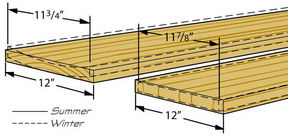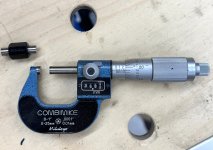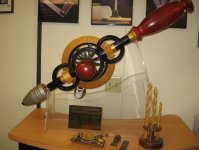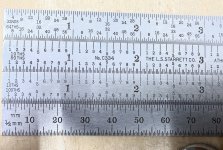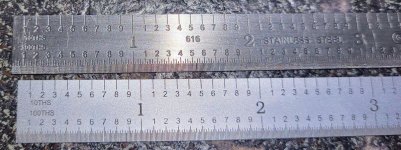ChuckS said:As I pointed out before, I use a tape measure and steel rule like a story stick. If a measurement falls between two engraved lines, and it's a write-able tape, I can use a pencil to mark it. Then I take the tape (or rule) the table saw to set the fence. If it's a steel rule, and the cutline is between two graduations, I'll see if the metric scale will help. I know this method works very well for me...until the day my eye sight says otherwise. [big grin]
Now, with the 1/100ths, there's a higher probability that a measurement will fall on one of the graduations. And anyone looking to buy such fine rules, I highly recommend the General for its design and prices.
Just use a storey stick, why do you need a measurement at all, it just complicates things.

